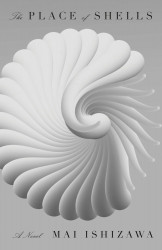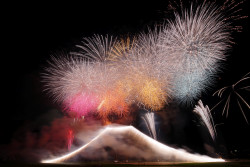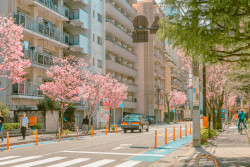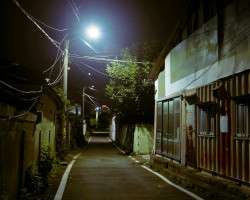
Yokohama Triennale is Japan’s big, international contemporary art event. Inspired by similar events such as the Venice Biennale, it’s held once every three years.
Past triennales have been large, confusing smorgasbords of all sorts of “edgytarian” avant-garde art that tried to shock but instead bemused due to a general lack of cohesion.
This year’s event, with artist Yasumasa Morimura serving as artistic director, rectifies this incongruity with an apparent string theme based on Ray Bradbury’s famous, dystopian novel-turned-film Fahrenheit 451, which depicts a future world where all books are burned.
In the story, the knowledge and culture stored in books is partially saved by individuals memorizing particular titles and, in the process, becoming living books.
The Yokohama Triennale wants to apply this concept to artists in our modern world, which the curators see as a confusing place overflowing with data and memory, wherein art can draw on both the known and the unknown. At least that’s the concept.
The exhibition focuses on themes of oblivion, the forgotten and the discarded—which appears to be another way of giving contemporary artists carte blanche to do what they normally do.
One of the typical artists included is Michael Landy, from the Young British Artists movement of a couple of decades ago, who’s perhaps best known for his performance piece Break Down (2001), in which he destroyed all his possessions, and Art Bin (2010), a large transparent garbage bin into which the public was invited to throw pieces of art with which they were dissatisfied.
Another keynote artist is Spaniard Dora García, whose performances comment “inconclusively” on works of literature or the exhibition itself. For example, one of her works involves someone sitting with a laptop, typing a text describing the behavior of visitors to the exhibition. For this show, she’s doing a work based on Bradbury’s novel.
Another participant who fits easily into the exhibition’s concept is Elias Hansen, who marries blown-glass sculptures with deteriorating found objects in search of a supposedly poignant contrast.
Much of contemporary art’s obsession with “freedom for freedom’s sake” and breaking the rules that once created genuine beauty is the same impulse that spawned the ugliness and materialism of the modern world. In the garbage heap we’ve created, however, there will always be glimmers of beauty. The concept chosen for this triennale seems to be a wistful recognition of this ideal.
Yokohama Museum of Art, Shinko Pier Exhibition Hall, until Nov 3. See exhibition listings (other areas) for details.







